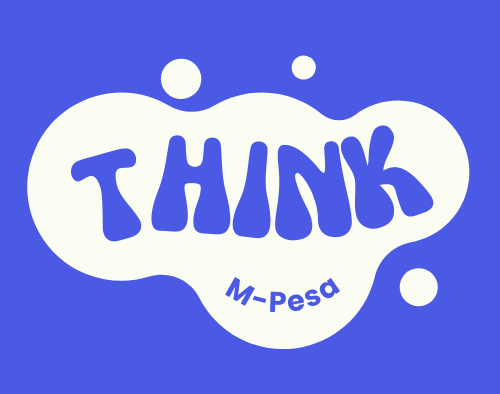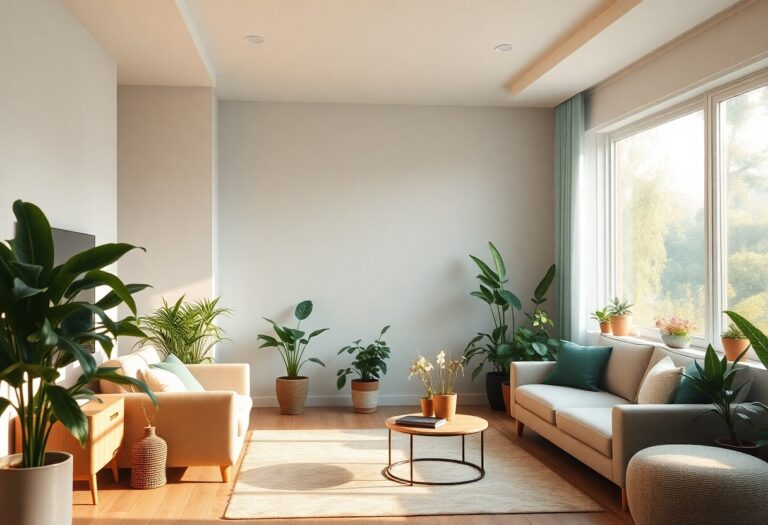Meditation and yoga can transform your health and well-being in remarkable ways. By incorporating these practices into your daily routine, you boost your mental clarity, reduce stress levels, and enhance physical vitality. Together, they cultivate a harmonious mind-body connection, allowing you to navigate life’s challenges with greater resilience. In this post, you’ll discover the top health benefits of combining yoga and meditation, empowering you to embrace a more balanced and fulfilling lifestyle.
Understanding Yoga and Meditation
While both yoga and meditation are ancient practices, they serve different yet complementary purposes in enhancing your overall well-being. Yoga involves physical postures and breath control to foster a connection between body and mind, while meditation focuses on training the mind for mental clarity and emotional balance. Together, they create a holistic approach to health that nurtures both physical and emotional health.
Definition of Yoga
On a fundamental level, yoga is a practice that encompasses physical postures, breath techniques, and meditation. It aims to create harmony between your mind, body, and spirit, promoting not just flexibility and strength but also emotional well-being and stress reduction.
Definition of Meditation
You may define meditation as a mental practice that involves focusing your mind to achieve a heightened state of awareness and emotional calm. It serves as a means to quiet the mental chatter and develop a deeper connection with your inner self.
For instance, many find that regular meditation can significantly improve their focus and emotional resilience. By dedicating even a few minutes daily to this practice, you may notice a decline in anxiety levels and an increase in your overall sense of well-being. Techniques such as mindfulness and guided meditation can lead to tangible benefits in your personal and professional life, contributing to better mental health and clarity of thought.
How Yoga and Meditation Work Together
Clearly, the integration of yoga and meditation enhances your overall well-being. Yoga provides a physical framework through mindfulness and asanas, while meditation deepens this awareness, promoting a holistic approach to health. When practiced together, these disciplines cultivate a balanced mind-body connection, the combination of which amplifies their individual benefits. You may find that your focus sharpens, stress diminishes, and emotional clarity improves, leading to a richer, more fulfilling life.
Synergistic Effects on Mental Health
Now, when you engage in both yoga and meditation, you experience synergistic effects that significantly improve your mental health. This powerful duo reduces anxiety, cultivates emotional resilience, and enhances your ability to manage stress. By combining physical movement with mental stillness, you allow your mind to rest while your body revitalizes, leading to a state of overall tranquility.
Physical Benefits of Combining Practices
Combining yoga and meditation not only benefits your mental state but also brings substantial physical improvements. It strengthens your body, increases flexibility, and promotes better posture. The simultaneous practice can greatly enhance your lung capacity and circulation, allowing you to breathe more deeply.
It is vital to understand that practicing yoga and meditation together can lead to substantial physical transformation. As you perform yoga poses, you engage various muscle groups, enhancing strength and flexibility. This, combined with the breathing techniques from meditation, promotes optimal oxygen exchange, benefiting your cardiovascular health. Over time, this integrative practice can reduce the risk of injury, alleviate chronic pain, and enhance your overall fitness levels. By committing to this combined approach, you’re building a resilient and healthier version of yourself.
Tips for Practicing Yoga and Meditation Together
Some effective tips for integrating yoga and meditation into your routine include:
- Start with short sessions and gradually increase duration.
- Focus on your breath to enhance mindfulness.
- Create a dedicated space for practice to enhance concentration.
- Incorporate both practices into your daily routine for consistency.
- Experiment with different styles to find what resonates.
Assume that combining both practices will lead to greater overall benefits.
Finding the Right Timing
Right timing can significantly enhance your yoga and meditation practice. Consider when you feel most energized or relaxed, as this can vary from person to person. Morning sessions allow for a fresh start, while evening sessions offer a chance to unwind. Aim to align your practices with your daily routine, ensuring consistency and sustainability.
Choosing Appropriate Styles
Even the style of yoga you choose can impact your meditation practice. Different styles such as Hatha or Vinyasa can help you establish physical balance before sitting in silence, while Restorative yoga can provide restorative benefits. Each style has its unique approach, and understanding these can help you select what best suits your needs.
For instance, engaging in Hatha yoga allows you to build a solid foundation through fundamental poses that calm the mind. Meanwhile, Vinyasa can invigorate your body with continuous movement, setting a rhythm that may enhance your meditation. Alternatively, Restorative yoga offers profound relaxation, making it an ideal precursor to deep meditation sessions. Finding the right style for you is key to maximizing the benefits of both practices and ensuring a fulfilling experience.
Factors to Consider Before Starting
All prospective practitioners should weigh various factors before beginning yoga and meditation. Prioritize understanding your personal goals, any existing health conditions, and your physical limitations. Consider the following:
- Consulting a healthcare professional about your health status
- Identifying your personal goals for practice
- Choosing appropriate styles and levels of practice
Any adjustments you make can significantly enhance your experience.
Personal Health Considerations
The interplay of your body and mind will influence your yoga and meditation journey. Understanding your physical capabilities, chronic conditions, or prior injuries is vital to creating a safe and effective practice. Always take the time to listen to your body and modify poses or meditation techniques as necessary.
Environmental Factors
You should choose an environment that promotes relaxation and focus for both yoga and meditation. Establishing the right space can enhance your practice. Here are some key elements to consider:
- Ensuring adequate space for movement
- Minimizing distractions from noise and interruptions
- Maintaining a comfortable temperature
Assume that a well-chosen environment allows for deeper connection and greater benefits.
Health is influenced significantly by the environment you choose for practicing yoga and meditation. Look for a space that provides a sense of peace and tranquility. A well-lit room with good ventilation can enhance your focus and embrace the calming elements of your practice. Consider the colors and feng shui of the room to foster positive energy and remove negative influences. Assume that creating an ideal atmosphere will amplify both your yoga and meditation experiences.
Incorporating Yoga and Meditation into Daily Life
Keep in mind that integrating yoga and meditation into your daily life doesn’t have to be a daunting task. Start by carving out small chunks of time for these practices, which can lead to a more balanced and centered existence. You can transform any space into a calming environment conducive to practice. By dedicating time to deepen your connection with yourself, you’ll unlock countless benefits that enhance your overall well-being.
Creating a Practice Schedule
Little adjustments to your daily schedule can significantly improve your commitment to yoga and meditation. Designate specific times for practice, whether it’s early in the morning or just before bedtime. Consistency is key, so aim for short sessions that gradually increase in duration as you become more comfortable. With a well-structured plan, you can seamlessly incorporate these practices into your life.
Integrating into Routine Activities
Integrating yoga and meditation into your routine activities can transform mundane moments into opportunities for mindfulness. Engaging in deep breathing or gentle stretches during breaks at work or even while waiting in line can help maintain a sense of calm throughout your day. This practice enables you to cultivate awareness and bring a sense of balance to your busy life.
Daily activities can become catalysts for your yoga and meditation practice. By focusing on your breath while commuting, or using mealtime as an opportunity for mindful eating, you can intertwine these practices into your everyday life. This approach fosters a sense of awareness that reduces stress and enhances your mental clarity. You’ll find that even small moments—like practicing a quick meditation during lunch—can have a profound impact on your overall well-being.
Common Challenges and How to Overcome Them
Once again, begining on your journey of yoga and meditation comes with its share of challenges. You may encounter difficulties such as distraction, restlessness, or unrealistic expectations. The key to overcoming these obstacles lies in acknowledging them and developing personalized strategies that work best for you. By recognizing your struggles and being patient with your progress, you can cultivate the perseverance necessary to enjoy the transformative benefits of your practice.
Dealing with Distractions
For many, distractions can severely impact your ability to focus during yoga and meditation. It is beneficial to create a dedicated space that minimizes interruptions and promotes a sense of calm. Turn off electronic devices, use calming scents, and choose a time when your environment is quieter to enhance your practice and maintain your focus.
Managing Expectations
With any new practice, it’s natural to feel pressure to achieve specific outcomes. Aiming for the *perfect* pose or an ideal meditation experience can lead to disappointment. Instead, focus on your journey and embrace the process itself, which allows for greater enjoyment and acceptance of where you are today.
Dealing with high expectations is often a source of frustration for practitioners. You might set a standard for yourself that is unrealistic, causing you to feel inadequate when you don’t meet those benchmarks. It’s necessary to embrace the fact that progress varies from person to person, and your journey is uniquely yours. Concentrate on the *small victories*, like improved flexibility or mindfulness, and understand that practice is about growth, not perfection. Emphasizing your personal growth can foster a more positive attitude and help you find fulfillment in *every* session.
To wrap up
So, by integrating yoga and meditation into your routine, you not only enhance your physical health but also cultivate mental clarity and emotional resilience. These practices can significantly reduce stress, improve flexibility, and boost overall well-being. As you deepen your connection between body and mind, you pave the way for a healthier, more balanced life. With consistency, you’ll find that these holistic approaches can transform how you feel daily, empowering you to navigate life with greater ease and awareness.




